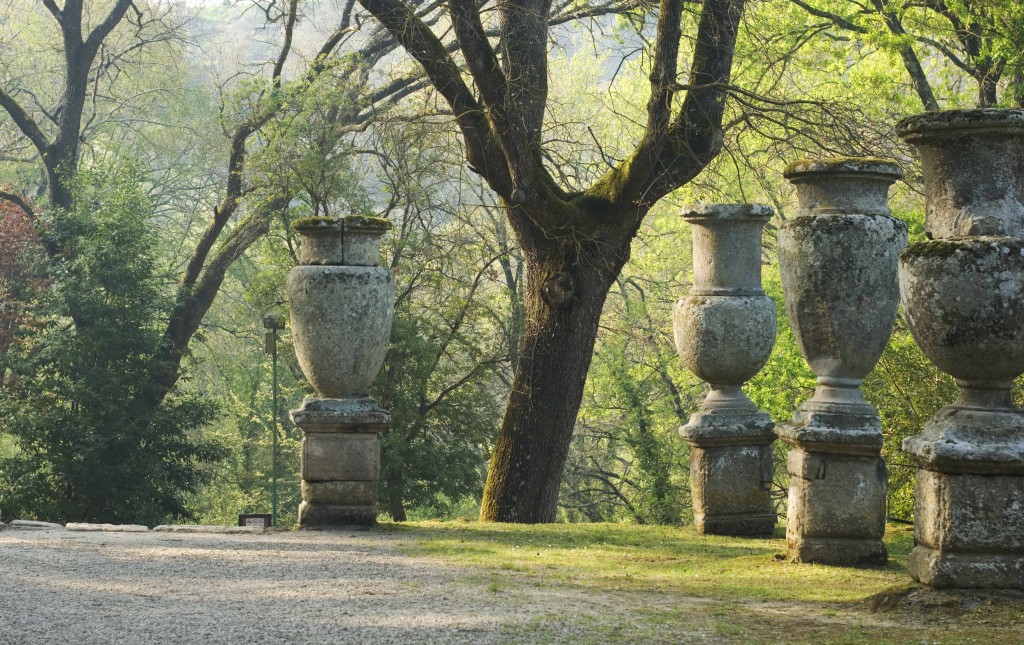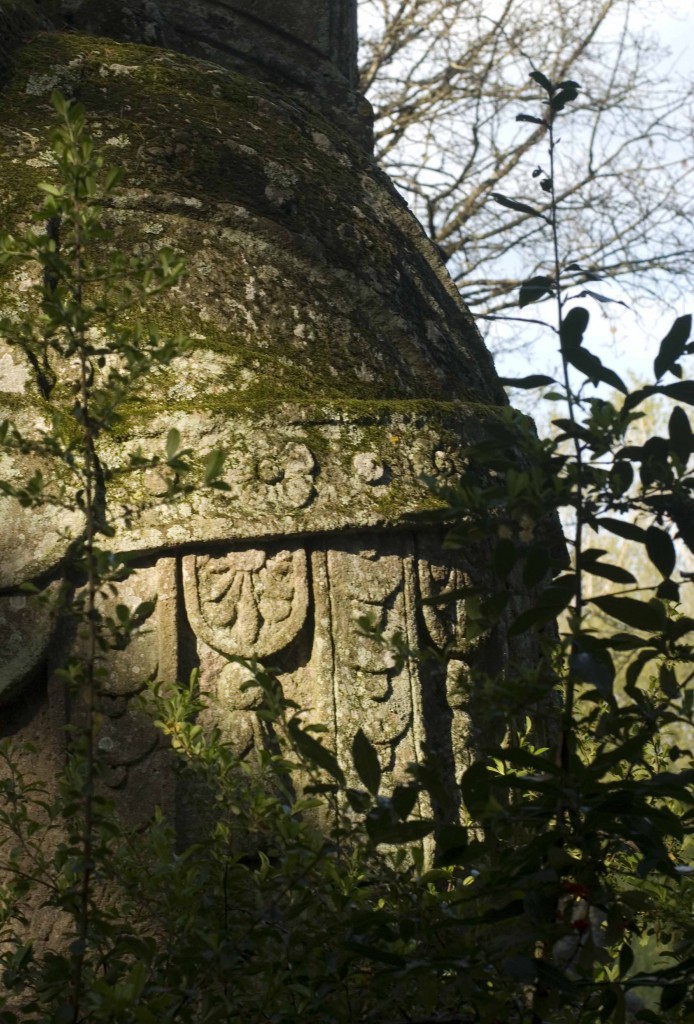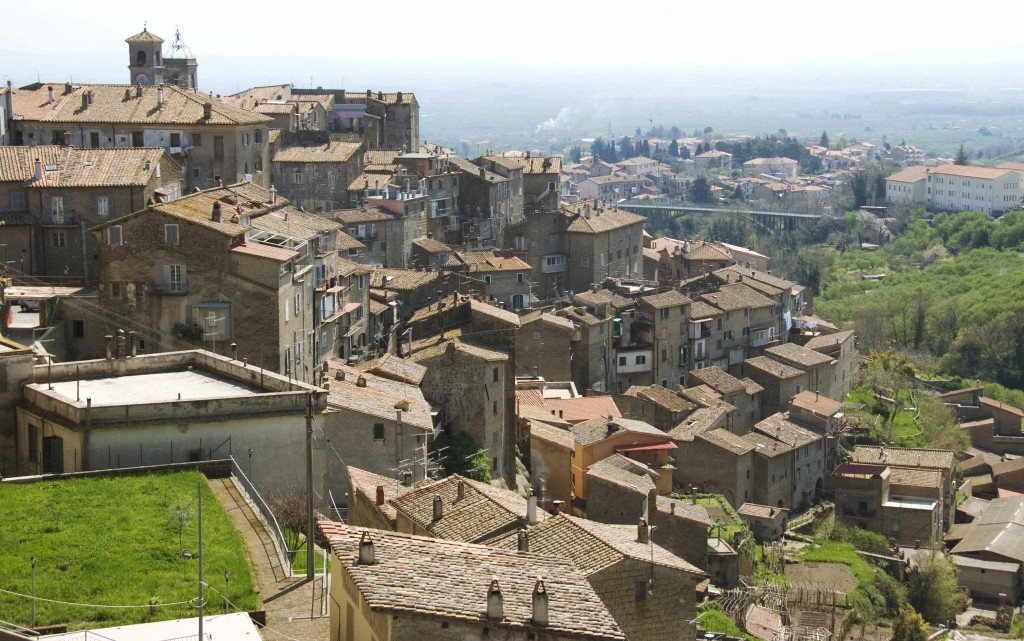‘Italian Renaissance Gardens’ are the words I would use to describe our day trip to Caprarola, Bagnaia, and Bomarzo. Only about an hour apart, these three cities are known for their beautiful 16th century Italian gardens. Add in beautiful sunny weather and you get a wonderful day trip to see some of the best gardens in Italy.
Our first stop in Caprarola was a visit to Villa Farnese and its gardens. The palace is a display of Farnese wealth and power with its monumental scale and castle aesthetic. The symmetry of the garden and town surrounding add to the sheer focus and monumentality of the villa.
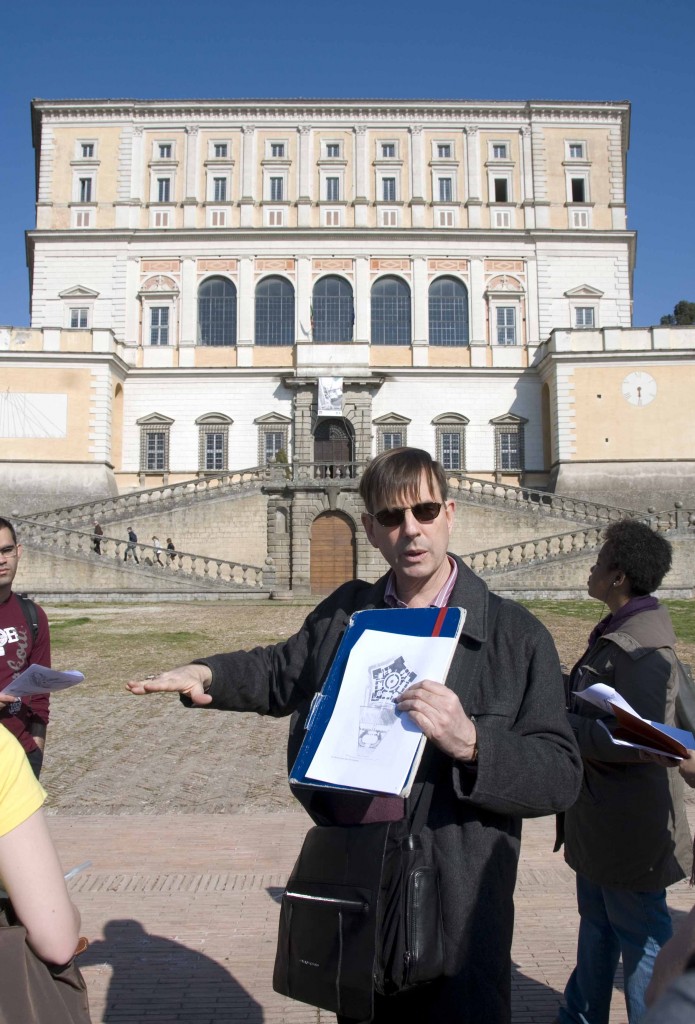
The most splendid part of the palace is the courtyard space at the center of the villa-one of the few rare examples where a courtyard is entirely cylindrical
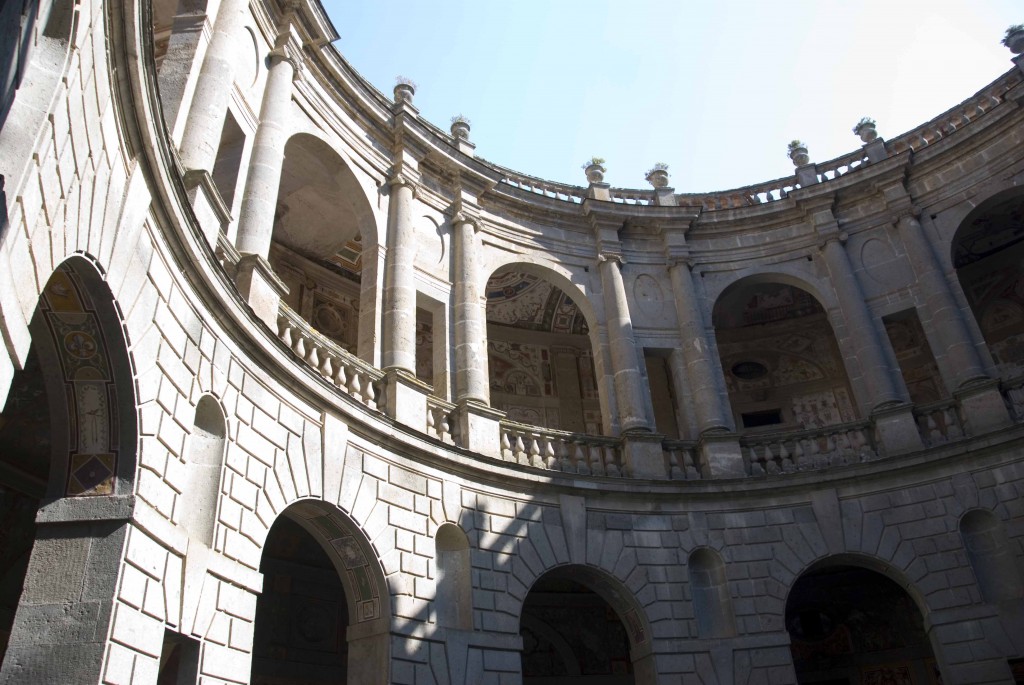
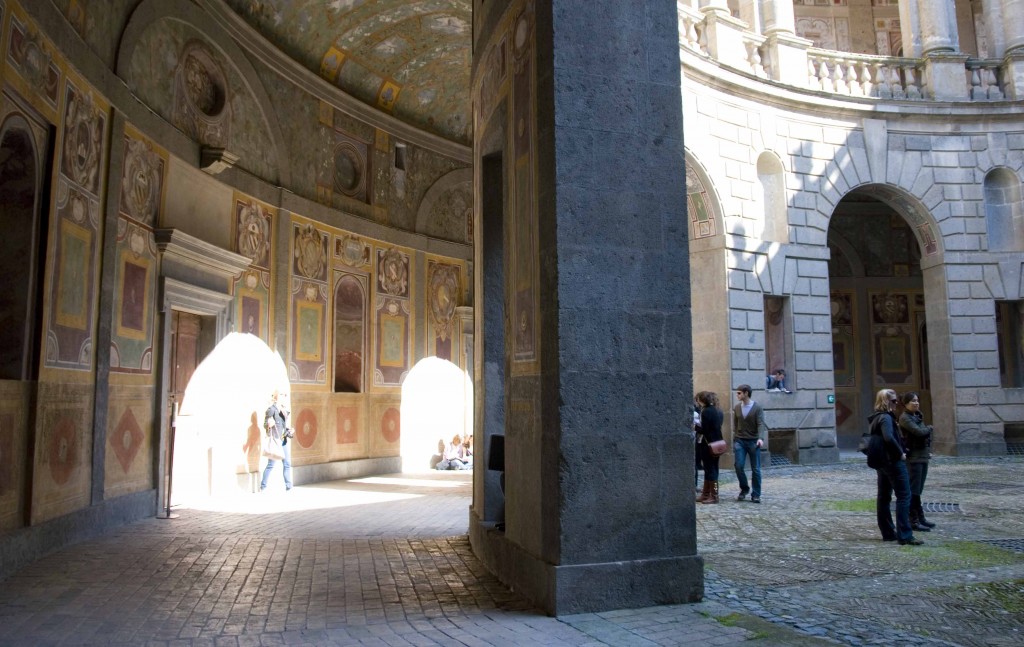
Prof Blanchard gave us a tour through the interior of the villa, consisting of a series of spaces with each with their own character and ambiance.
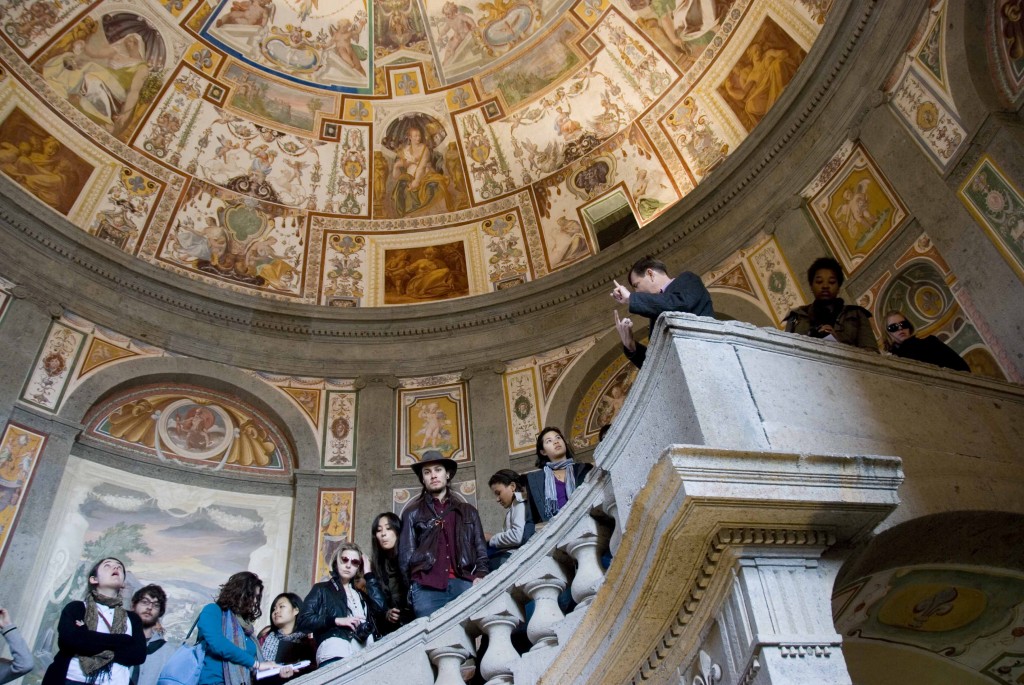
Italian renaissance gardens are commonly known for their strict hierarchy of geometry but walking in the gardens behind Villa Farnese would prove to be an adventurous experience filled with hidden paths and unexpected discoveries. After crossing a moat and drawbridge from the villa, a series of walkways would lead us from one garden to the next, each with very different character.
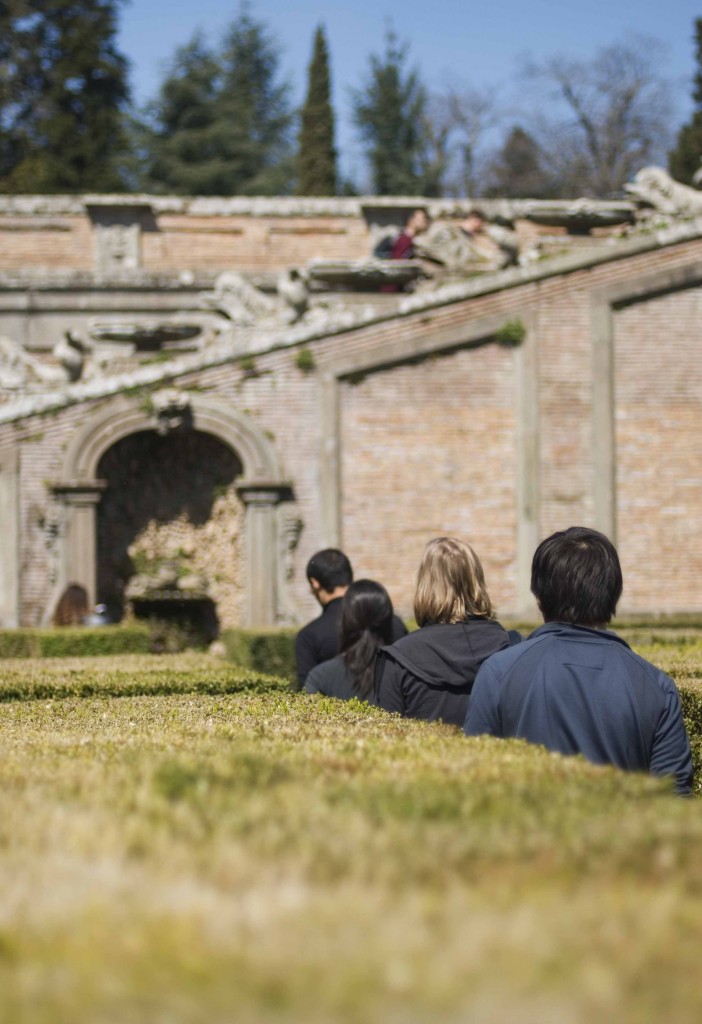
These gardens were clearly excessive and extravagant by nature, adorned with lavish statues and water fountains depicting Roman myths and folklore. Walking from one garden to the next was like traversing from one world of folklore to another.
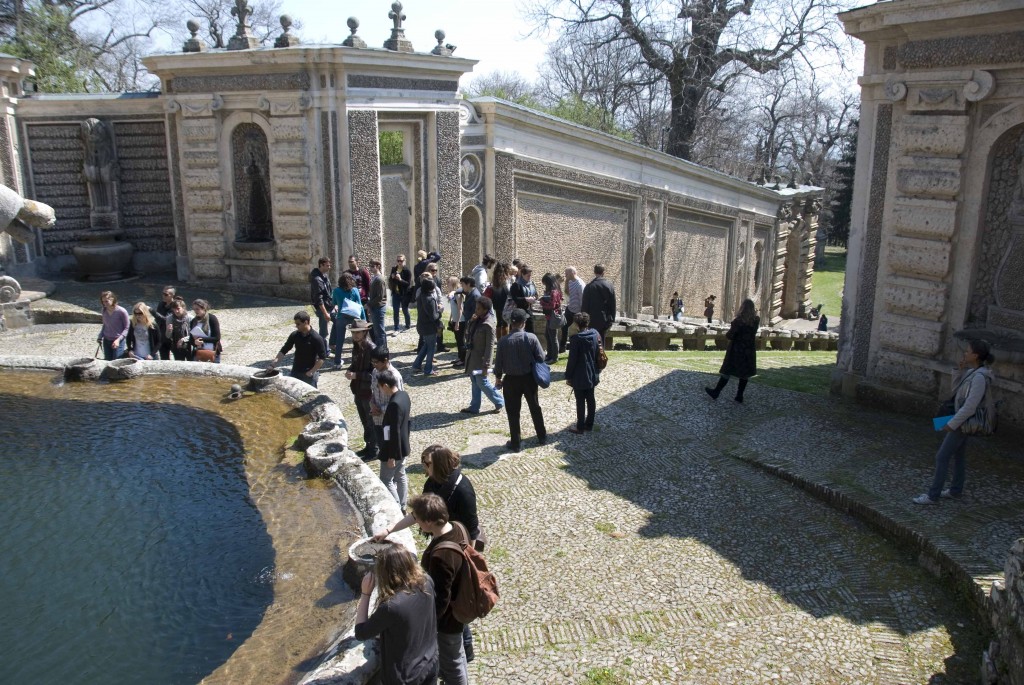
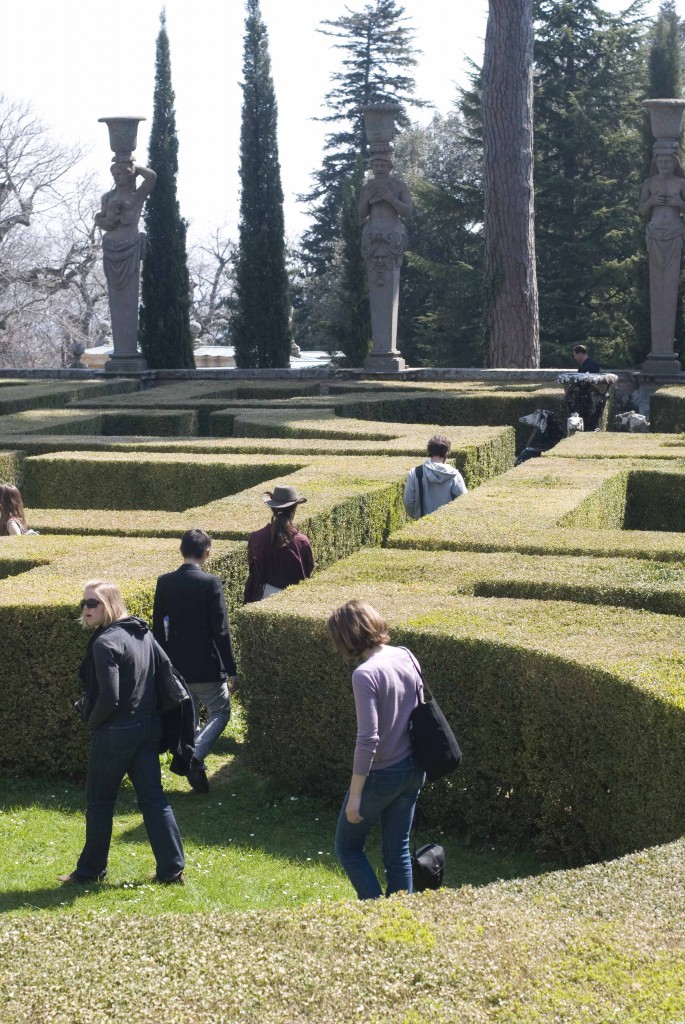
On a side note, the cookies (‘brutti ma buoni’) in Caprarola are not to be missed. It is too difficult to describe them here but they are by far the best cookies I have ever eaten. If you are traveling to Caprarola, be sure to try out some of their cookies.
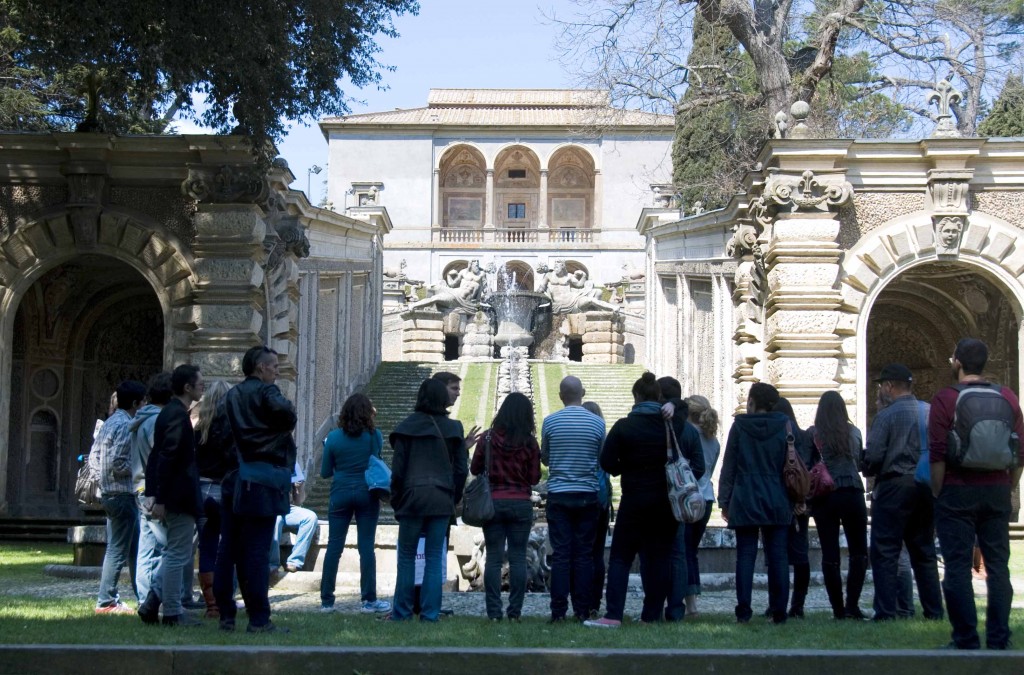
We then went to Bagnaia to see Villa Lante, a garden with a series of ascending terraces overlooking the whole town. This garden follows along a strict axis and hierarchy and celebrates water, carefully choreographed from the top to the bottom through a series of channels and water fountains.
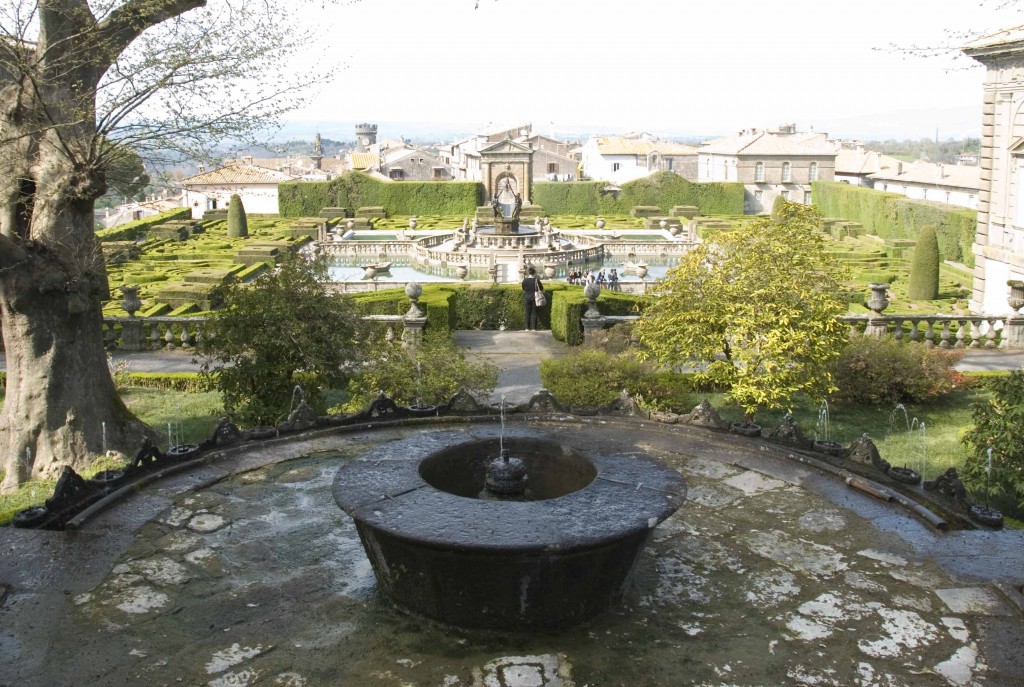
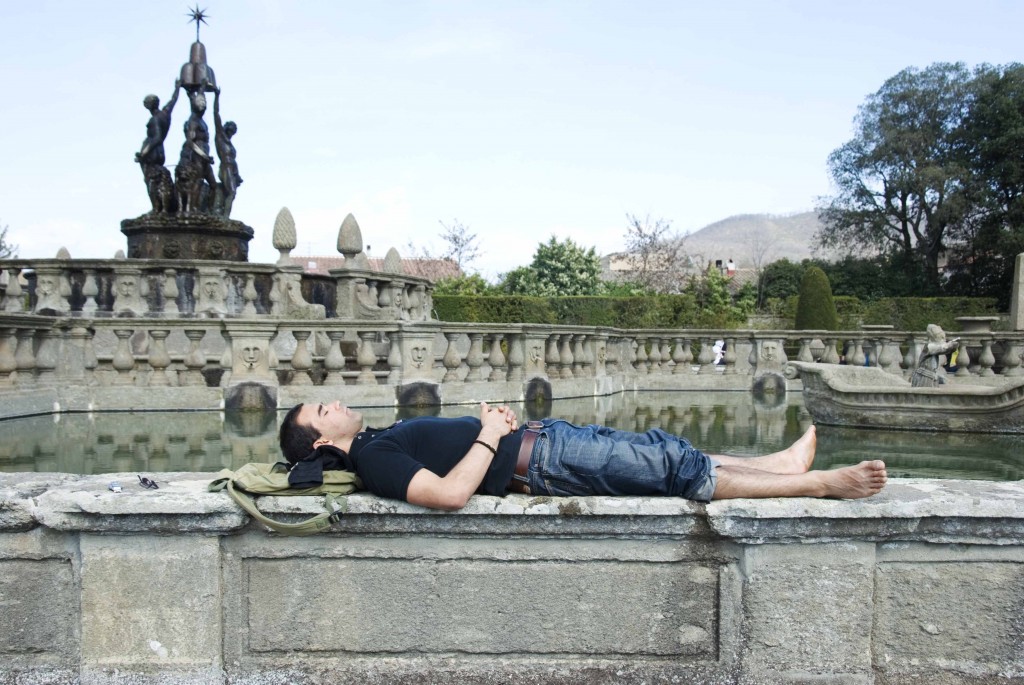
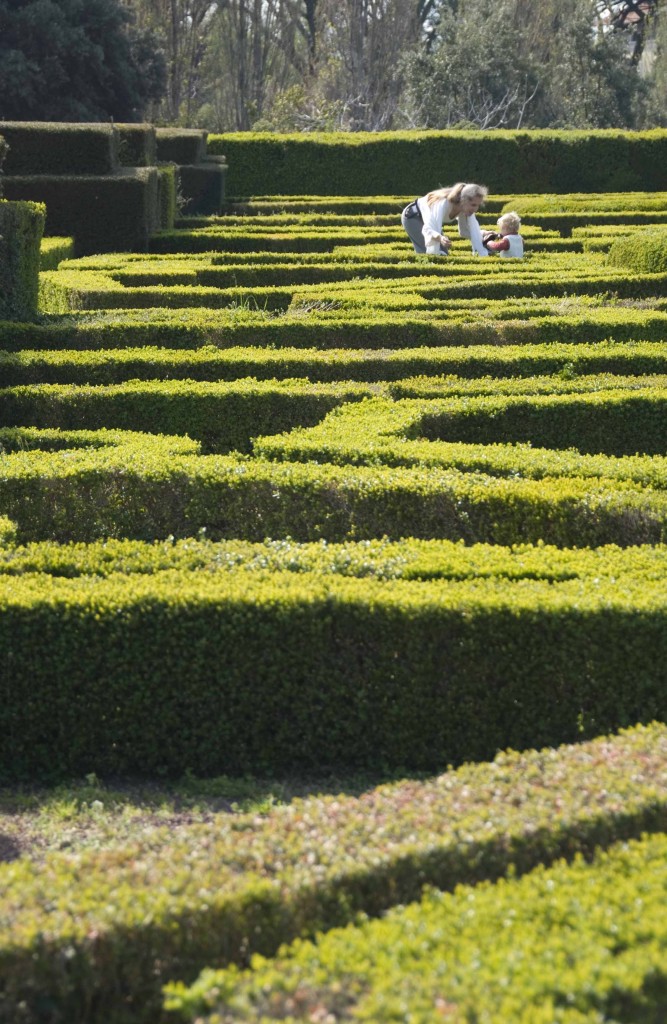
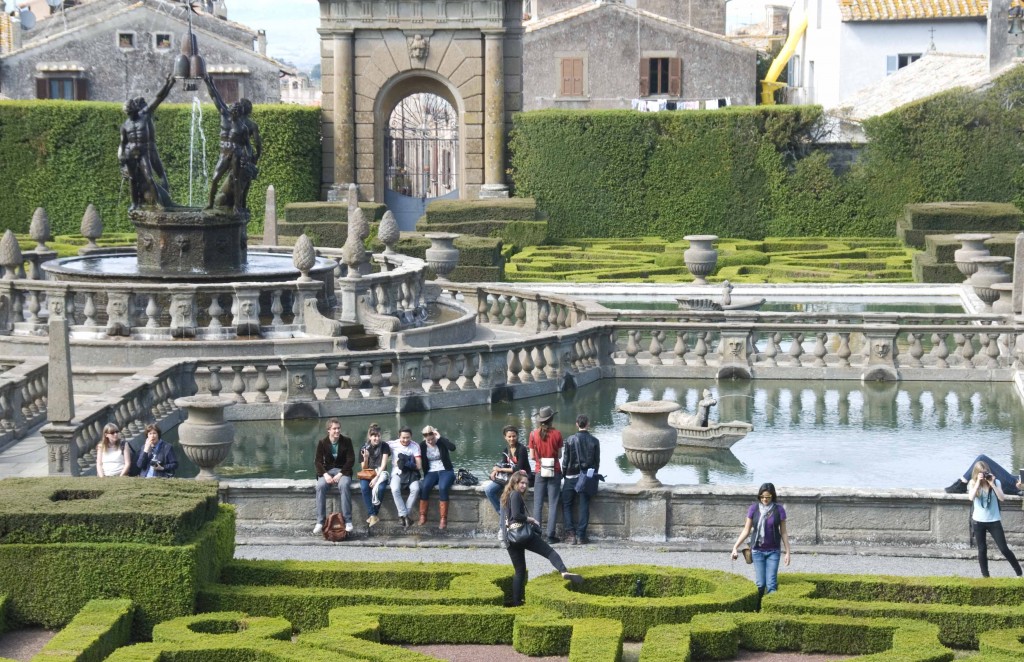
Nearby the garden is a park where we brought our packed lunches to eat and blissfully lay under the sun.
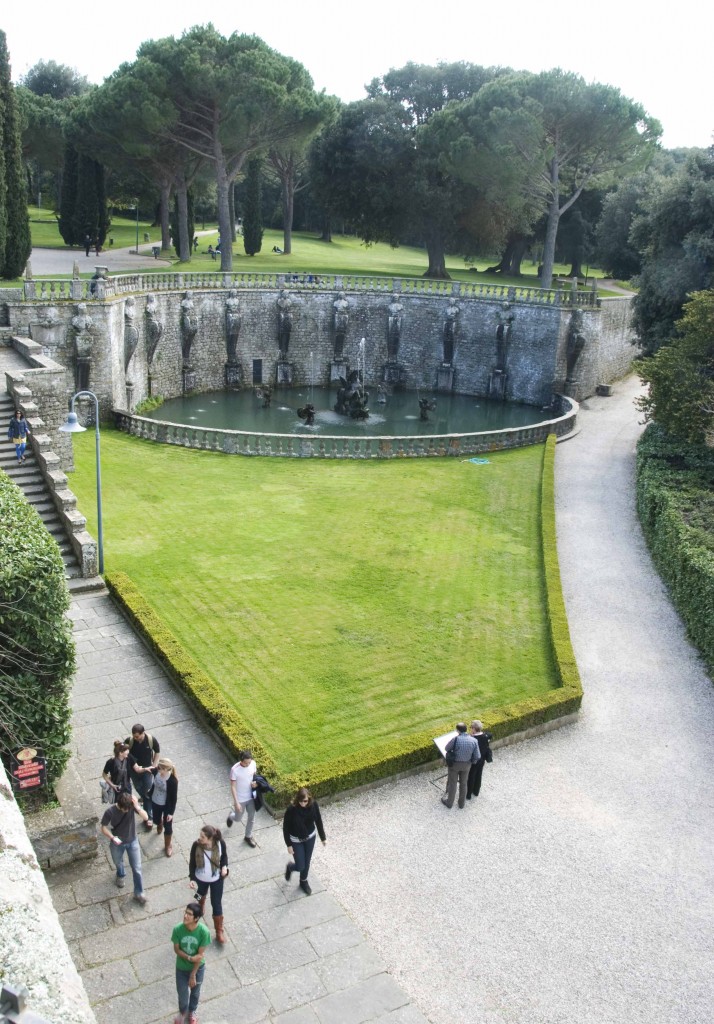
At the end of the day, we visited our last garden, Bosco Sacro (or ‘Monster’s Grove’), in Bomarzo. The garden is more a natural park than a garden, overgrown with wild trees and vegetation.
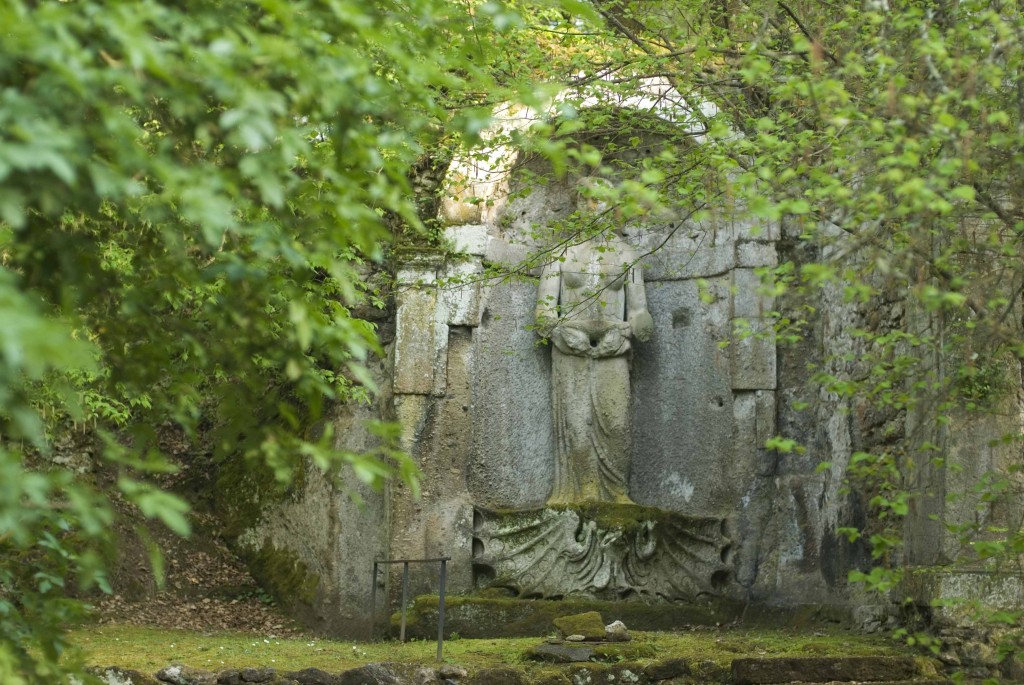
Following what seems like hidden paths through the park, one encounters statues of giants, tilted houses, and other mythical objects from Hannibal, Roman legionaries, and Greek gods. The statues are eroded, rusticated, and overgrown by moss and vegetation, as if I were walking through an undiscovered ancient ruin.
